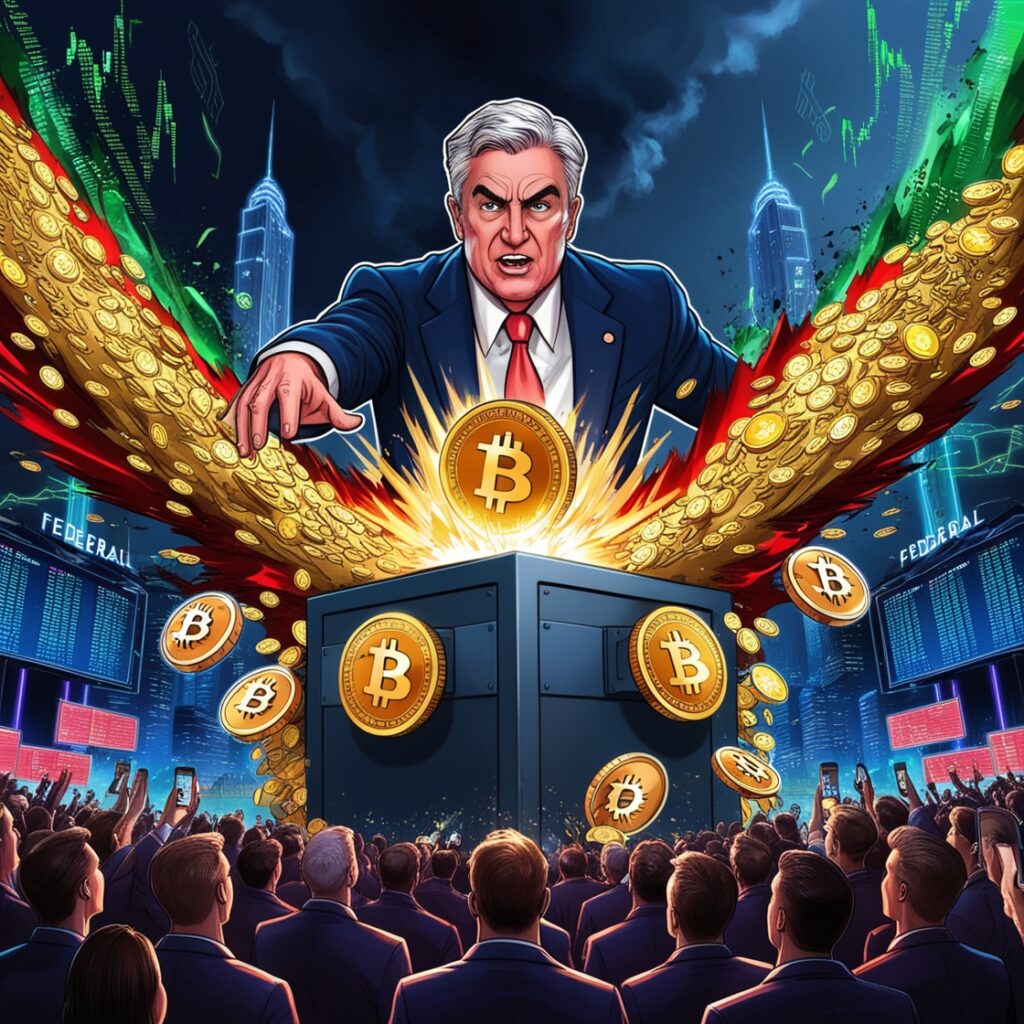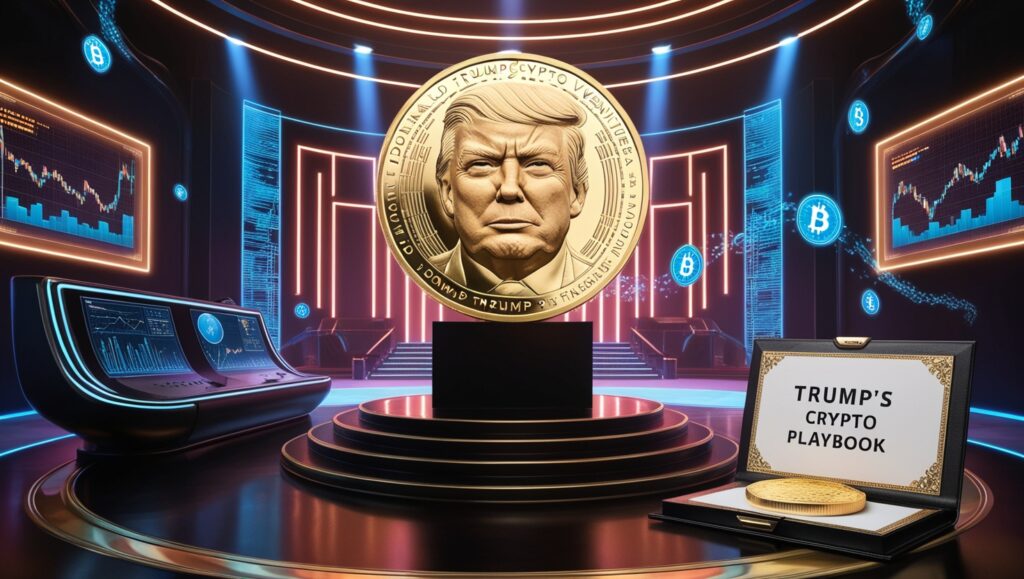The Iraqi dinar was innovative at the time. Years prior to the creation of Bitcoin, American day traders were attracted by the widely circulated economic myth that, following Saddam Hussein’s overthrow, the cqi currency was a ticket to retirement riches. Despite economists’ and authorities’ warnings that it was a gamble, investors paid exorbitant fees to hold an illiquid currency that some speculated may eventually become the most valuable in the world. Instead, in 2020, it lost 20% of its value.
As the cryptocurrency market recovers from its most recent meltdown, which saw $2 trillion of worth erased from a sector plagued by fraud, theft, and high-profile corporate bankruptcies such FTX and BlockFi, the dinar is once again on economists’ minds. The analogies aren’t merely speculative, but also reflect the dinar’s historical growth as a means of exchange. While optimists like investor Bill Ackman believe that cryptocurrency will make a comeback if the proper technological use case comes along, Iraq’s experience demonstrates that the survival of any form of money is more dependent on faith in the institutions backing it.
After the First Gulf War in the 1990s, there were in fact two Iraqs: a Saddam-controlled south and a north that was practically a Kurdish protectorate supported by a no-fly zone. The dinar split into two directions as a result. Saddam started printing money in the south to support an economy that was suffering from sanctions. His likeness appears on new “Saddam” or “print” dinar currency, which was made domestically to subpar standards. According to a 2004 speech by former Bank of England chief Mervyn King, inflation rose to an average of 250% between 1991 and 1995 as the amount of money in circulation increased.
The old “Swiss” dinar, so named because it was printed on plates made in Switzerland, continued to be used in the north, where the new dinar did not circulate and where bank cash was not taken by the Saddam dictatorship. Despite having neither a central bank nor a government to give it value, it persisted all the way up until Saddam’s overthrow.
The existence of two fiat currencies in the same nation was an unexpected event. Given the magnitude of currency mismanagement occurring in the south, it may not be all that amazing that the Swiss dinar continued to exist and increased in implied value relative to its twin.
The Swiss dinar, however, saw a significant increase not only against the print dinar but also against the US dollar, rising from 18 to the dollar in 2002 to 6 to the dollar by the time Baghdad fell in 2003. This implies that two deeper political phenomena were included into the price: that the north-south division would last longer after the war, and that the Swiss dinar’s value would be preserved by new, trustworthy institutions even after regime change. Therefore, King explained, the value of the Swiss dinar had nothing to do with the economic policies of the government issuing [it] and everything to do with politics because there was no such government.
The significance of crypto is that it may depend on the existence of trustworthy institutions, which it increasingly lacks, for belief in the long-term value of its myriad of tokens. Without the support of issuers and platforms with legitimacy outside of the closed crypto community, the frequently cited technological opportunities offered by virtual currencies — programmable money, smart contracts, and instant value transfer via stablecoins — might only amount to a handful of dust in terms of non-speculative mass adoption.
This, in turn, may necessitate an external seal of approval from the governments and central banks that crypto was designed to challenge. If cryptocurrency is to serve more than the narrow interests of anti-fiat fans or pump-and-dump traders, it may need to rely on the kind of settlement-coin trials being done by JPMorgan Chase & Co., or, eventually, centrally-issued digital euros or digital dollars. The latter approach has received considerable criticism, some of it warranted, but it may also be what offers wide appeal without encouraging get-rich-quick scams.
Certain crypto enthusiasts might promote a different theory for the rise of the Swiss franc. The currency was more advanced technologically than its inferior sister because it was more difficult to counterfeit. The Swiss dinar’s development outside of Saddam’s governmental control, according to Bitcoin’s digital goldbugs, is what makes it valuable enough to safeguard. In the meantime, exchanges and startups are attempting to come up with their own solutions to the trust deficit — for example, Binance’s claims to provide audited “proof of reserves” — in a push for self-regulation to defy the authority of the government.
However, after disasters like FTX, it is exceedingly improbable that the word of an offshore firm or auditor will make crypto trusted. Even more embarrassing than the Iraqi dinar frauds marketed to unwary consumers is the collective lack of due diligence by even competent institutional investors in this area. If Iraq has taught us anything, it’s that credibility matters more than technology—a test that crypto’s adherents keep failing.








